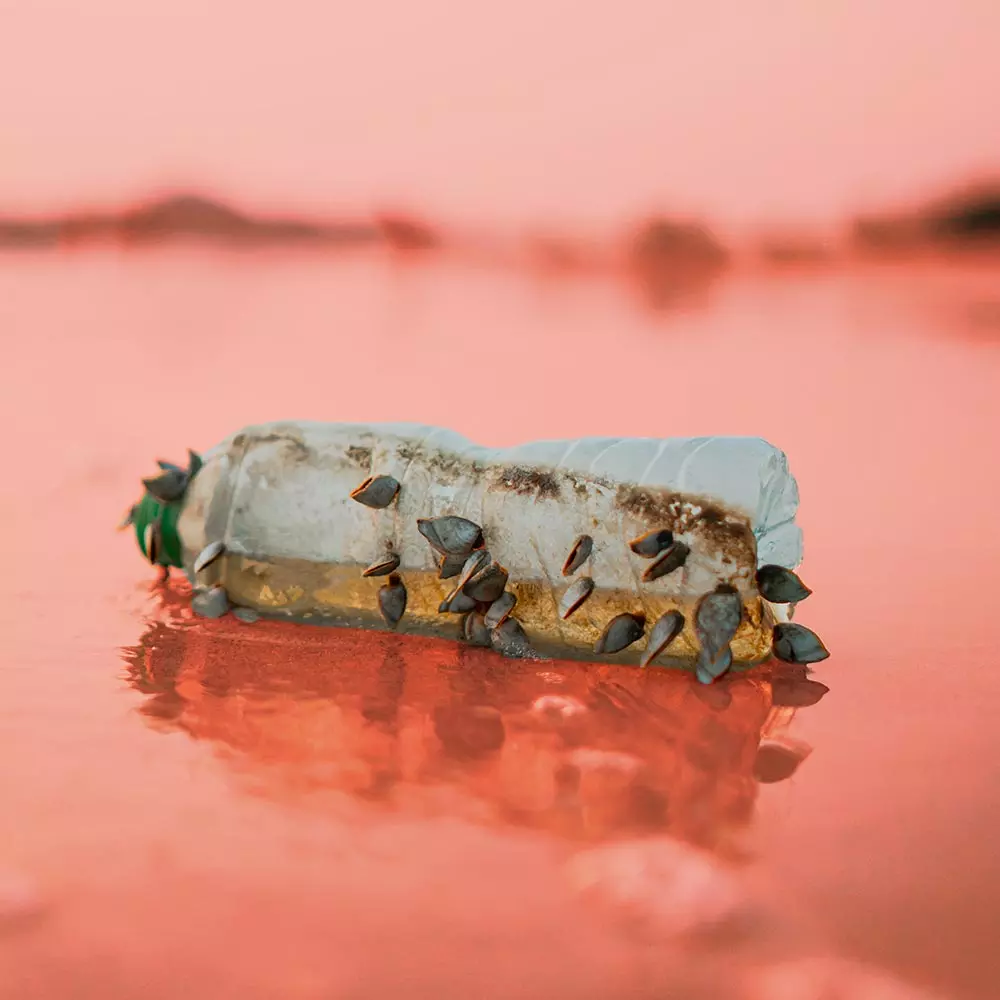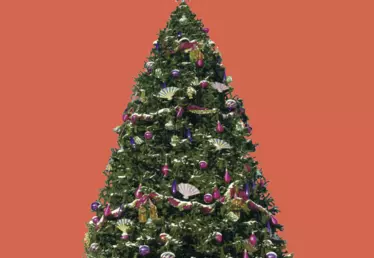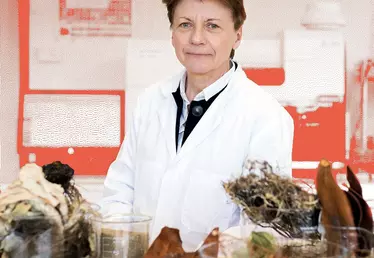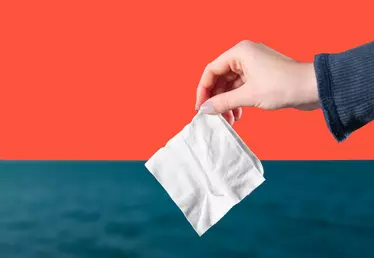

Hero banner custom title
Invasive species hitch a ride across the ocean on marine waste
5 min
These pesky species use plastic debris as "rafts" to colonize parts of the ocean where they have never been seen before.
In 2011, 5 million tons of debris ended up in the sea following the tsunami that caused the Fukushima nuclear disaster. A year later, some of these floating objects began to wash up on the West Coast of the United States, after traveling more than 7,000 km across the Pacific Ocean. Over the next six years, researchers from the Smithsonian Environmental Research Center counted the species that had boarded these makeshift rafts. Their findings: at least 289 species originating from the Japanese coasts - including shellfish, crustaceans, anemones, fish, microorganisms and more - had traversed the ocean, according to their report published in 2017 in the journal Science. This marked the first observed dispersal of a marine species on such a massive scale.
289
That is the number of species originating from Japan that were found on the West Coast of the United States.
Unidentified Floating Objects
"Different species have always found a way to travel on floating rafts, such as tree trunks or coconuts", says Ika Paul-Pont, a researcher in marine biology at the Marine Environment Sciences Laboratory in the city of Brest in northwestern France. "What is different here is that, unlike these natural materials that degrade fairly quickly, plastics have a tremendous resistance, thus allowing species to travel for longer durations and across longer distances." According to the researcher, some 5 trillion pieces of plastic debris are currently floating on the surface of the oceans, mainly in the form of microplastics (less than 5 mm in diameter). "Because of their ubiquity, they have an enormous power of dispersion", she continues. In 2015, another study identified 387 species of invertebrates, algae or microorganisms traveling on floating waste throughout the world's oceans, from the Pacific to the Atlantic and from the Arctic to Antarctica.
"Plastics have a tremendous resistance, thus allowing species to travel for longer durations and across longer distances.”
By making it easier to cross the oceans, which historically served as nearly impassable "barriers" to flora and fauna, this rafting phenomenon may "intensify species invasions", warns the 2017 Science article. For an invasive species, landing in a new environment and successfully surviving, multiplying, and supplanting the local fauna or flora remains difficult. Nevertheless, some species manage to do so, and these invasive species now represent a growing scourge to marine biodiversity. In order to migrate, they also take advantage of ships sailing around the world, particularly the ballast water which ships fill up at one port and discharge at another. Unlike this means of transport, the researchers point out in Science that plastic debris travels slowly, giving invasive species ample time to acclimate to their new environment. As a result, they can take up permanent residence across many kilometers of coastline: adults therefore have plenty of time to reproduce when they arrive in a broad variety of coastal environments. In 2018, other scientists sifted through the waste stranded on the beaches of the Bay of Biscay in northern Spain. There, they discovered a diverse range of fauna, including invasive species such as the Pacific oyster.
Plastic debris travels slowly, giving invasive species time to acclimate to new environments.
Plastisphere
Another matter of concern is that plastic debris may carry toxic or pathogenic microorganisms. On the surface of these "megarafts", an entire community of bacteria, viruses or microalgae can thrive and flourish. Scientists have dubbed this new ecological niche the "plastisphere". "Plastic attracts microorganisms, which create a bio-film on the plastic surface in which these microorganisms can multiply", explains Leïla Meistertzheim, researcher and president of Plastic@Sea. "Not only are there many more microorganisms found on the plastic surface than in the surrounding water, but their rate of activity is also much higher." Among these colonies, species that are rare in the marine environment tend to predominate. "There are a lot of cyanobacteria, some of which are toxic species, and others that influence the bio-geochemical cycles by releasing oxygen, for example. The profusion of these species may alter certain oceanic balances", continues Leïla Meistertzheim.
Among the other fauna making up the plastisphere: bacteria capable of devouring hydrocarbons or other chemical substances concentrated on plastics, which can serve as a sort of sponge for pollutants. But potentially pathogenic agents also inhabit the plastisphere. For example, cholera bacterium was recently detected in the Mediterranean. According to a study published in February 2021, vibrios (a genus composed of various bacteria, some of which are pathogenic) have been "found in high abundances within plastisphere communities". Despite their usual preference for estuaries, these bacteria were found to have roamed as far as the mid-North Atlantic. Furthermore, antimicrobial resistance bacteria have been reported on microplastic surfaces at concentrations ranging from 100 to 5,000 times higher than in the surrounding seawater. While this remains a field of ongoing research, the authors of this study conclude that there is "growing evidence to suggest that microplastic fragments represent a potential reservoir of pathogens".
Share it:












